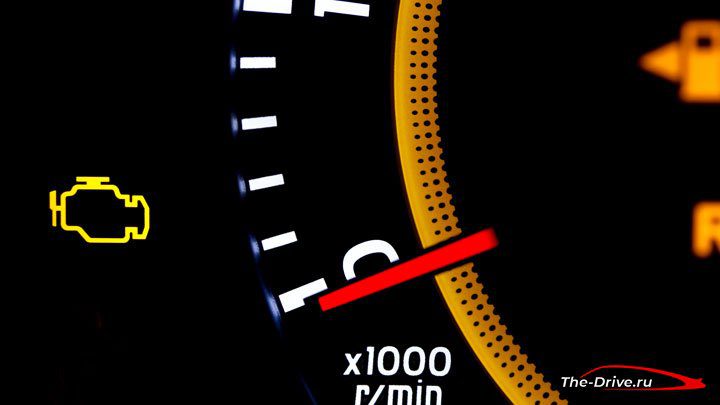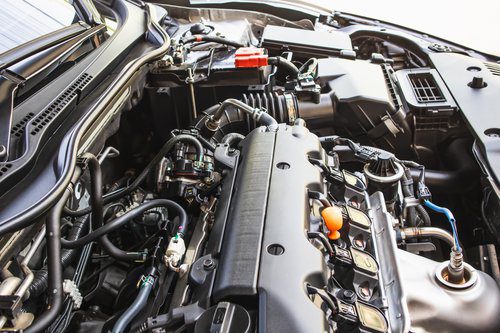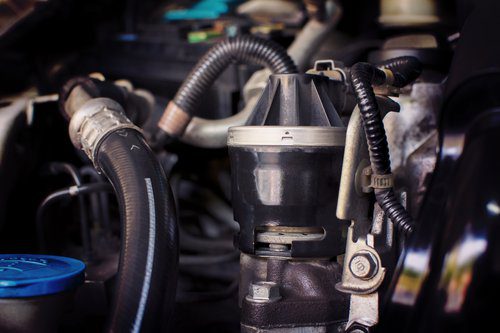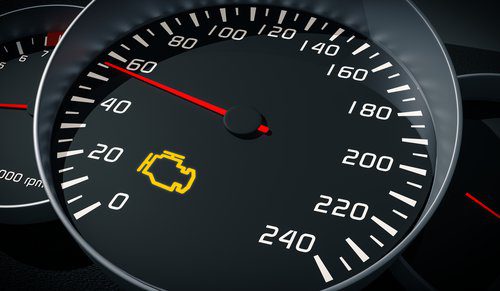
What to do if your vehicle has a faulty emission control system?
Content
Your vehicle's emission control system is essential to control and reduce pollutant emissions while driving! In this article, you will find all the information you need to know about emission control systems and what to do in case of failure!
🚗 What is an Emission Control System?

Everyone knows that the environment is one of the main problems of our time. As such, manufacturers must now face increasingly stringent standards for vehicle emissions.
From 1 January 2002 for vehicles with gasoline engines and from 1 January 2004 for vehicles with diesel engines, manufacturers must strictly adhere to the EOBD (Anti-Pollution System) directives, Euro III devices.
Thus, your vehicle's emission control system is an electronic component that is in the form of a cookie and thus allows you to control your engine's emissions of pollutants and ensure that they do not exceed the permitted standard.
Emissions of pollutants are emitted either during the combustion phase or during the post-combustion phase. There are various sensors for measuring the intensity of the contaminant particles. Here is a detailed description of how the pollution control system works in these two stages.
Combustion phase

In order to limit the emission of pollutants, combustion must be optimal. Here is a list of the various sensors that operate during the combustion phase:
- PMH sensor : it is used to calculate the engine speed (how much fuel needs to be injected) and the neutral point. If there are any malfunctions during burning, it will give a wrong signal. A defective Pmh sensor results in high levels of pollutant emissions.
- Air pressure sensor: it is used to determine the amount of air drawn in by the engine. As with the Pmh sensor, if it no longer works or is faulty, it will negatively affect the emission of pollutants.
- temperature sensor coolant: this lets you know the temperature of the engine. If the temperature is not optimal, the air / fuel mixture will not be balanced and combustion quality will deteriorate, which can lead to black smoke entering the exhaust pipe.
- Oxygen sensor (also called Lambda probe): it is located at the exhaust level and monitors the efficiency of other sensors by determining to what extent the burned gases are loaded with oxygen (the level should not be too high, otherwise this is a sign of poor combustion).
Combustion phase

During afterburning, the pollutants released from the exhaust gases are treated as best as possible so that they are as harmful as possible. Here is a list of sensors that affect afterburning:
- Oxygen sensor after catalytic converter (for vehicles with gasoline engine) : It measures the efficiency of the catalyst by transmitting the oxygen level after the catalyst. If the catalytic converter is defective, there is a danger of high levels of contamination.
- Differential pressure sensor (for diesel engines): it allows you to measure and thus monitor the pressure in the particulate filter. If the pressure is too high, the filter becomes clogged, and vice versa, if the pressure is too low, the filter will rupture or cease to exist.
- The EGR valve: the exhaust gases are transported to the combustion chamber to prevent the release of toxic gases.
?? How do you know if the emission control system is faulty?

The best way to know if your emission control system is working properly is to rely on an emissions warning light. It is yellow in color, with an engine diagram.
- If seer flashing continuously: The catalytic converter is most likely defective and should be inspected by a professional as soon as possible to avoid any risk of fire or more serious damage.
- If the light is on: the emission control system is no longer working properly and your car will start emitting more and more harmful emissions. Once again, it is advisable to quickly go to the garage for a deeper diagnosis.
- If the indicator comes on and then goes out: Of course, there is no serious problem, the indicator light is simply faulty. As a safety precaution, it's best to head to your garage to avoid more serious damage.
🔧 What to do if the emission control system malfunctions?
If the warning light comes on, it is time to check the pollution control system as soon as possible in order to avoid more serious consequences for the operation of your vehicle and, above all, to prevent resetting during the inspection.
?? What is the cost of maintaining an emission control system?

If your system is malfunctioning, you should head to the garage as soon as possible for a more complete survey of your vehicle. It is difficult to determine the exact cost of this service because it will depend on its complexity. Depending on the type of intervention, calculate from 50 to 100 euros at best and up to 250 euros if the malfunction is more complex. After detecting a malfunction, it will be necessary to add the price of the part to be replaced, again, the price will depend on the part, which can vary from a few tens of euros to 200 euros, for example, for replacing a sensor. ... In very rare cases it will be necessary to replace the calculator and the price can rise to 2000 €.
To help you find the best garage to test your emissions control system and get a quote to the nearest euro, depending on your car model, we advise you to use our comparator, it's quick and easy and you won't have any unpleasant surprises when placing your order. ...
